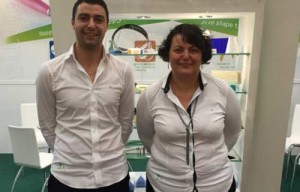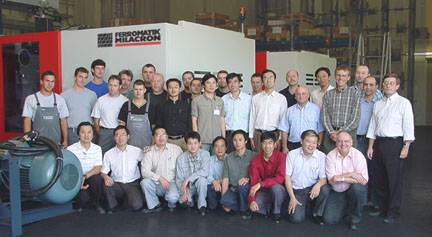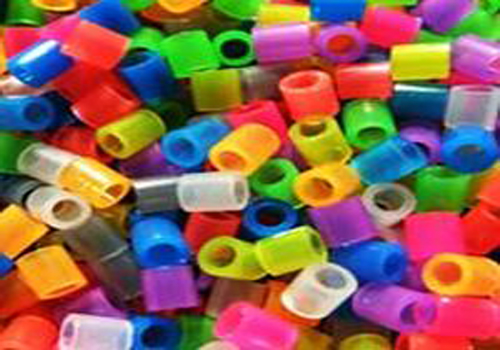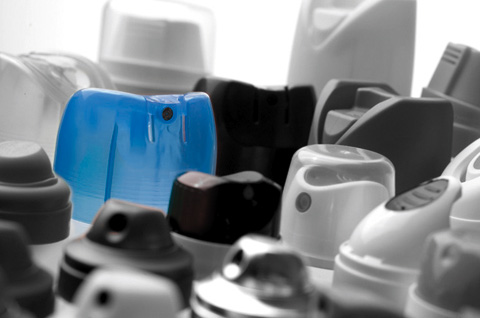DUESSELDORF, Germany—Sterne Elastomers, a niche company that has grown from a startup to a global firm with 7.5 million-plus euros in sales, has another niche technology to add to its portfolio.
The Cavillon, France-based firm, which was founded in 1996, is touting its 3D silicone additive printing technology as a niche-based offering that could prove profitable in the markets it serves, particularly the medical field. The firm, which specializes in liquid and high consistency injection molding silicone production, officially unveiled its product at the K Show.
The 3D printing technology uses silicone that is 100-percent UV cured, with no infill, and officials with the company say the technology can serve customers well who have designed a new device but may not want to invest in injection tooling to produce a working sample.
According to Anthony Pellapol, materials engineer for the firm, the process utilizes fused definition modeling technology, or FDM, as well as stereolithography rapid prototyping technology, or SLA, to print the product layer by layer, to a minimum thickness of 0.25 mm. By next year, he hopes to work toward a 0.1 mm printing layer.
“We’ve developed this for a year and a half,” Pellapol said, as Sternevisitorssurrounded some of the products and the machinery at the booth at K. “Everyone is talking about additive manufacturing. We heard about UV curing, and as we offer silicone, we needed to find something to do with this silicone. When we heard about UV curing, we thought maybe that’s the point.”
Pellapol said the product offers two advantages. First, the UV curing is instant. Secondly, it’s done at low temperature, allowing, for example, LED lights to be added to the product.
Celine Laget, general manager at Sterne, said this technology has great potential for her firm’s medical customers.
“(Any new product) always goes through several steps and prototypes. It takes time to get to tool, so that it has a cost. It might not be the right shape or not right in another way,” Laget said.
“This is just a very good way in short time, to get a real part and to make a decision. And sometimes the customers will need three, four, 10 different pieces of different models for different equipment, so it’s much worse getting a tool, and this could be the right solution.
“We don’t see this technology as a mass manufacturing.”
Sterne has done very well by serving its niche market. While medical represents more than 60 percent of its business, it also serves the pharmaceutical/cosmetic, design, food processing, railway/aerospace/transportation and nuclear technology industries.
Customers are mostly in Europe and South America, but it also supplies North America, including the U.S., as well as into North Africa, South Africa and Israel.
The 38,000 sq.-ft. plant has three clean rooms that encompass 6,500 square feet. It operates with between 50 and 60 employees, but Laget said the firm is poised to hire more employees, likely adding more work shifts, in the near future. She said the company has realized sales growth of between 6 and 10 percent each year since it was founded.
“Our job is to do what the customer needs,” Laget said. “Everything we manufacture is custom-designed. What we want is show people is that we can do anything made of silicone, and considering this new technology, help them with their project or with their need.”
Website:www.rubbernews.com








